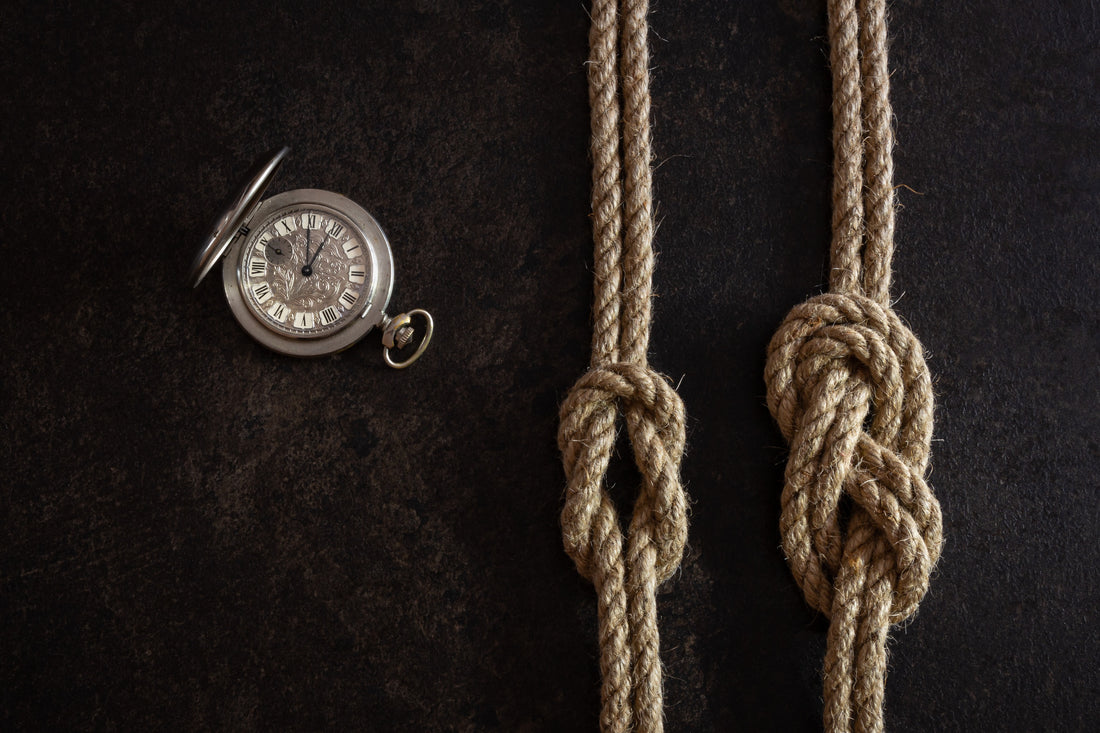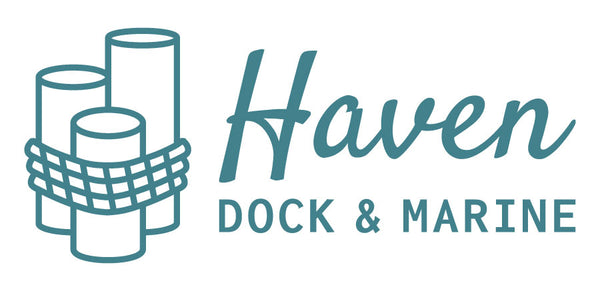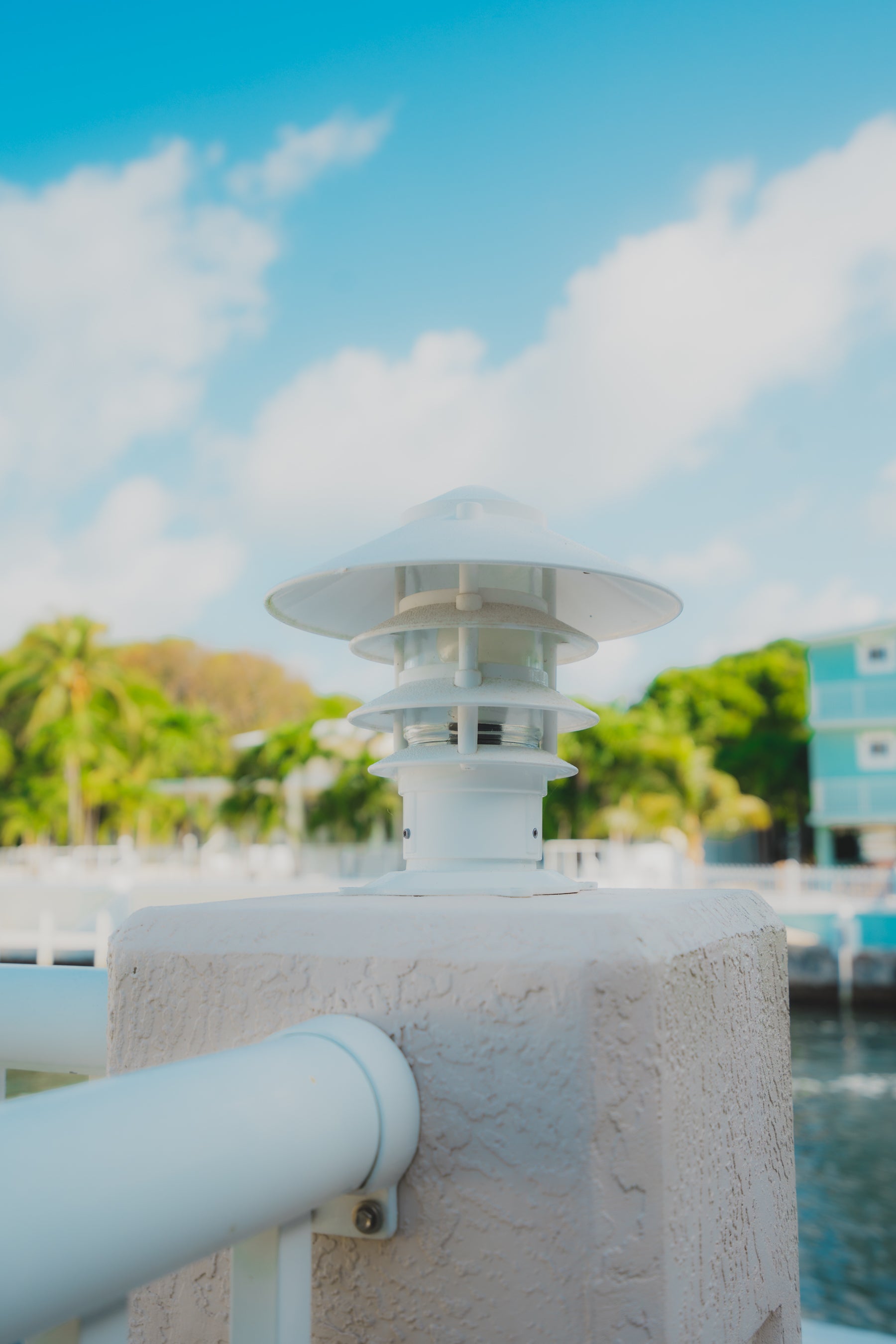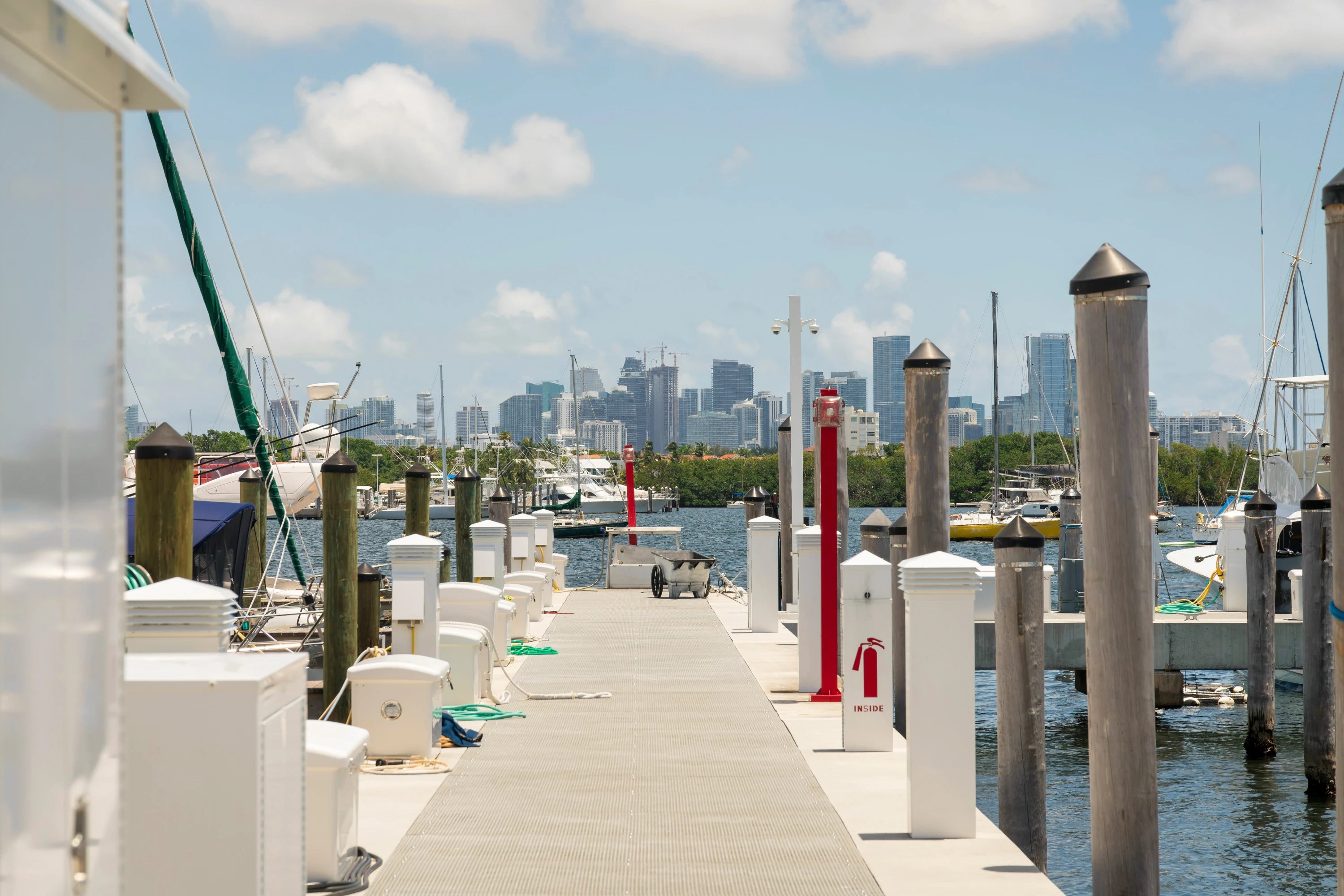
6 Types of Nautical Knots and Their Uses
Share
Sailing knot-tying is a necessary skill for any skipper!
Having a handle on your mooring lines and neatly placed flemish is excellent. However, having the know-how to tie essential knots is vital for keeping you afloat - literally! Without these skills, you could be at risk of losing control and causing serious damage to your boat.
Becoming knowledgeable of these essential knots will allow you to decide which knot-tying challenge you’re willing to learn. Whether you’re a boater or just someone who prepares for anything, this article is for you.
Types of Nautical Knots
Working with sailing knots on a boat can be confusing and intimidating for anyone new to the sailing lifestyle. Each specific knot serves its own unique purpose.
Here are six nautical knots you can learn for your boating adventures.

Bowline Knot
A bowline knot is a versatile and reliable knot that you can rely on to keep your line secure. Working from the end of the line, you tie this loop for a strong anchor, as it has a knot efficiency of 77%.
The bowline retains about 60% of the line strength, so you can be sure it's up to the task. Whether you consider yourself a boater or sailor, this is a useful knot to learn.

Cleat Hitch
A cleat hitch requires you to use a working end and free end of the line which are then securely wrapped around the horns of a cleat.
Working in the opposite direction now, you'll take that same working end and pull it across the top of the cleat before directing it under one of the horns again.
Mastering a cleat hitch is one less thing to worry about when securing your boat. Working a mooring line is an important skill for any boat owner, and that's why this fast and straightforward knot is so helpful.
Clove Hitch
Working with the Clove Hitch is easy enough for any novice knot-tier but has its drawbacks. Though it can be tightened pretty easily and held firmly with constant pressure applied, it can come undone as quickly as it was tied!
That's why it's important to tie off this knot so that the line tightens around the boat fender and dock fenders by pulling on both ends.
Rolling Hitch
The rolling hitch is like a souped-up version of the clove hitch, adding an extra loop for increased friction, whereas a regular clove hitch knot only works at right angles to its target object.
This knot easily attaches thin ropes to thick ones or single ropes to posts and spars. In addition, it's reliable even when lengthwise pulls are applied.
Figure 8 Knot
The Figure 8 knot on a bight is the perfect sailing knot to ensure something stays secure. It's large, and with gradual bends, it's easy to spot - just look for an “8” shape! Plus, this handy knot is a way of 'tying into' rope.
Half-Hitch Knot (Aka The Overhand Knot)
A half hitch is just a fancy way of saying 'overhand knot.' It's the most basic type, made by looping your rope around itself and pulling one end through. The half-half knot is a simple knot and not necessarily the most secure.
Nautical Knot Uses
Protect your boat from damage and maintain adequate security for your vessel. When you use galvanized cleats to secure your boat to your dock, learning one or more of these knots is necessary.
Working with knots can be daunting but learning a few basics is the key to mastering them. Nautical knots come in many shapes and sizes for use across a variety of reasons, as discussed below:
Uses for Bowline Knots
The bowline knot is the perfect solution to safely secure many items, from boats and dock lines to luggage.
Uses for Cleat Hitch
Cleat hitch knots are essential for any seafaring mission and help to ensure safe docking. Whether it's necessary to fasten your vessel or tie down almost anything else, the trusty cleat hitch will keep things secure.
Uses for Clove Hitch
The clove hitch is an essential knot and incredibly versatile. You can tie your clove hitch to your fender on the side of your boat or attach a line to a spar.
Uses for Rolling Hitch
A rolling hitch is a friction hitch that connects an anchor snubber or unlocks a jammed winch.
Uses for Figure 8 Knots
Figure 8 Knots are great for holding a heavy load and joining two ropes together for extra strength.
Uses for Half-Hitch Knots (Aka The Overhand Knot)
Half-hitch knots are suitable for wrapping around a pole or adding to the security of another rope.
Other Types of Boating Knots
From fixed loops to adjustable loops, there are other valuable types of knots for the novice boater to a professional skipper. Anchor bends, also known as Fisherman's Hitch and sheet bends, are also essential knots.
The anchor bend is actually a hitch. A bend is a knot joined by two lines. An anchor bend is used by attaching a knot to a ring. It might not sound important, but its strength and practicality are useful for sailing or anchoring down boats.
When it comes to joining two ropes, the sheet bend is a rugged, reliable, and effortless knot. Its primary advantage is for dealing with two ropes of different diameters.
The sheet bend’s unique advantage of combining two ropes of various widths and lengths is impossible for other sailing knots, such as the bowline or clove hitch.
Dock & Marine Experts
Now that you understand the different types of nautical knots and their uses, which one will you try first? The bowline knot, sheet bend, clove hitch, cleat hitch, or anchor bend?
Get ready to sail with confidence! Find a local dealer today who will provide you with everything you need, from knot-tying basics to other vessel equipment for a successful excursion.



